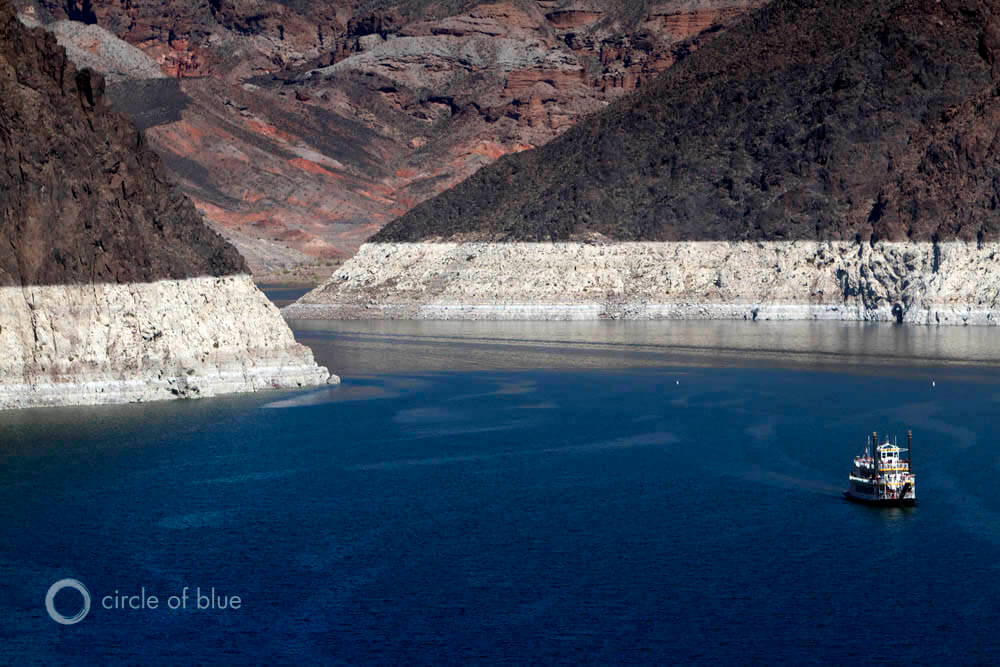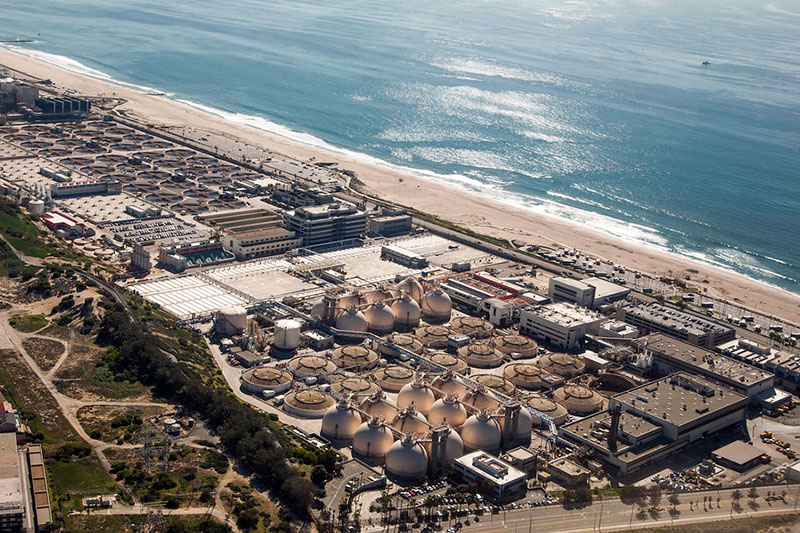Just over 150 years ago, on May 24, 1869, John Wesley Powell set off from Green River, in the Wyoming Territory, into the “great unknown.” The first known descent of the Colorado River through the Grand Canyon, his daring and courageous exploration captivated a young nation. Powell exited the Canyon on August 30, 1869, with enough food to last only five more days. No one died on the river, but they came close. Four of the 10 men abandoned the expedition before it ended. Powell embarked on this expedition with only one arm, having lost his other during the Civil…
Category: Commentaries
Does Arizona have enough water? Why that’s such a tough question to answer
Maricopa County is the fastest growing in the nation. The allure of the Southwest remains strong, and demographers predict that the state's population will climb from 6.8 million in 2017 to 8.2 million by 2030. Finding enough water will challenge water managers. Warmer temperatures mean more rain - and ironically, less water to store The Earth is getting warmer. 2014 was the hottest on record – until 2015, which was the hottest until 2016 and 2017, which was even hotter. Climate change has already started to alter Arizona's weather. Climate scientists predict lower precipitation levels for the Southwest. Warmer temperatures…
Los Angeles needs to reclaim what we used to consider ‘wastewater’
The city of Los Angeles’ Hyperion Water Reclamation Plant has long symbolized the absurdity of water policy in the American West. Although the plant generates a volume of water equal to the seventh largest river in the United States, until recently, the city of Los Angeles dumped every drop into the Pacific Ocean. Nonsensically, a desert city always in search of water disposes of 190 million gallons a day into the ocean. L.A. is not alone. Most cities do the same thing. Treated sewage and storm water is considered “wastewater,” a substance to get rid of as easily and cheaply…
Wading Into Colorado River Negotiations
Time is almost up for Arizona to approve a drought contingency plan. The Arizona Legislature has until Jan. 31 to approve a drought contingency plan for the Colorado River. A working group has spent months trying to come up with a plan that satisfies cities, farmers and Native Americans with a stake in the future of the Colorado River. The Colorado River is at record lows, and a shortage is expected to be declared in the coming year. Tucson Water is a major player in the construction of the drought contingency plan. The water utility agreed to give water to…
2 not-so-smart things Arizona has done in the name of water
Gov. Doug Ducey proclaimed in 2016: “If there’s one thing Arizona is best in the nation at, it’s water.” The governor has good reason to boast about his state’s surprisingly robust record in innovative water policy. Yet the state has stumbled in proposing seawater desalination as a way to obtain additional potable water and failed by allowing our rivers to suffer horrible degradation. Desalination is no magic bullet Plans to import new sources of water face practical, financial and environmental challenges. In a 2012 study, the U.S. Bureau of Reclamation concluded that trans-basin diversions and interstate canals fail basic cost-benefit…
6 innovative water policies that helped Arizona grow during a drought
One seldom sees the words “Arizona” and “progressive” in the same sentence. But when it comes to water, Arizona has often been at the cutting edge of legal and policy reform. An arid climate, surging population and declining groundwater tables drove Arizona to be creative. Innovation 1: Slow groundwater use The 1980 Arizona Groundwater Management Act banned the drilling of new wells in areas of the state suffering the greatest water table declines and required developers and municipalities to show that they have an “assured water supply” before they receive permits to break ground for new projects. Innovation 2: Store…
Technology is cropping up in our lettuce fields
In Yuma, Arizona, agriculture has embraced technology to increase yield. In his 1986 classic, Cadillac Desert, Marc Reisner portrayed agriculture in the Yuma, Arizona, region as a poster child for what’s wrong with how water is used in the West. He sketched a situation that would have amused the cartoonist Rube Goldberg: The Bureau of Reclamation built a hugely expensive desalination plant in the desert, and the water it produced cost $300 an acre-foot so that irrigators could continue to grow federally subsidized surplus crops that cost them $3.50 an acre-foot. Reisner suggested a far cheaper solution: Buy out the…

